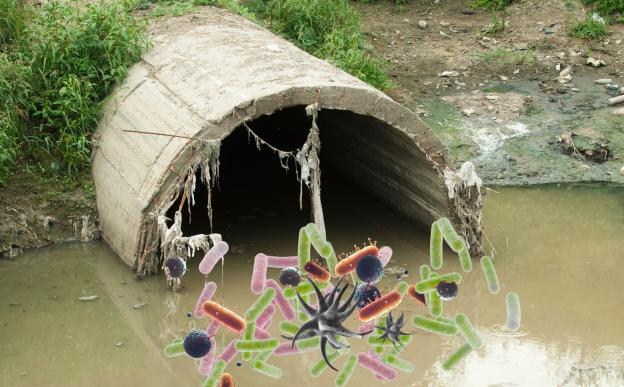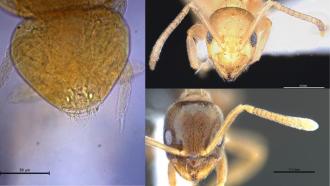![African cheetah [Image credits: By Mukul2u - Own work, CC BY 3.0, https://commons.wikimedia.org/w/index.php?curid=4553072] New insights on the evolution of cheetahs may help decide the best move on reintroduction](/sites/researchmatters/files/styles/large_800w_scale/public/cheetah.jpg?itok=LQn-Hal3)
Cheetahs are majestic cats found in parts of Asia and Africa. Centuries ago, these magnificent runners roamed the Indian subcontinent, before they were forced into extinction by humans. They were hunted, kept captive and used by the Maharajas for hunting other animals, and by the mid-twentieth century, they became locally extinct. Today, in parts of Africa and Asia where these cats are found, the destruction of their habitat—grasslands—are threatening the surviving populations of wild cheetahs. In Iran, for example, the wild population of Asiatic cheetahs are struggling.
In a bid to reintroduce cheetahs in India, suggestions were made to bring in African cheetahs from Namibia to Indian forests. After a prolonged legal battle, in January 2020, the Supreme Court allowed the reintroduction of these foreign cheetahs. This move is thought to bolster conservation and tourism. But such decisions cannot be based on the rule of the land alone. One needs to have sufficient information and understanding of several aspects, including the evolution and genetics of cheetahs in a region, to succeed in such efforts.
Previous studies have shown that the now-extinct Indian cheetah was an Asiatic subspecies. However, we do not know how closely the Asiatic and African cheetahs are related. Now, a study published in the journal Scientific Reports has probed the evolutionary relationship between cheetahs. The study, consisting of a team of international researchers, included those from the Centre for Cellular & Molecular Biology (CCMB) Hyderabad, the Birbal Sahni Institute of Palaeosciences, Lucknow, and the Zoological Survey of India (ZSI), Kolkata.
The researchers started by sequencing the mitochondrial DNA fragments, present outside the nucleus of a cell in an organelle called mitochondria, of an Indian cheetah and two African cheetahs. The African cheetah samples came from Southeast Africa and Northeasteast Africa, which were imported to India at different times. These three sequences were then compared against 118 published cheetah mitochondrial DNA sequences from various regions of Africa and Asia.
Based on previous studies, it was believed that the Asiatic subspecies of cheetahs diverged from the African subspecies only 5000 years ago. However, the genetic analysis of the current study found that this divergence is older than thought, and may have happened about 72,200 years ago. As a result, the populations today are genetically very different from each other, say the researchers, explaining the genetic uniqueness of Asiatic cheetahs. The study also found that the Asiatic cheetah and the Southeast African are more closely related to one another than to Northeast African cheetah.
The current study also sheds some insights into the origin of all cheetahs using the genetic analysis. It suggests that the common ancestor of all cheetahs is approximately 1,38,900 years old—a number that is twice the previous estimate of 67,000 years.
The findings not only inform us about the evolutionary history of the cheetahs but also provides grounds on making an informed choice for their conservation. Phylogenetics, the study of evolutionary relationships, shows the differences in the genetic traits and characters and evolutionary history among species. The unique genetic makeup seen in these subspecies of cheetah not only help differentiate the populations from each other but also help determine their capacity to adapt to changing conditions.
In India, the results of the study have implications on what subspecies of cheetahs should be reintroduced. Some argue that reintroducing cheetahs could be a misplaced priority right now since India’s lions and tigers are in greater peril. Others opine that with the reintroduction, the country’s grasslands may be saved. The debate is still wide open, and science may soon help resolve it.

























